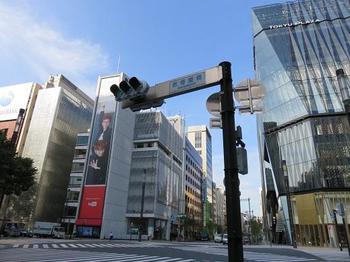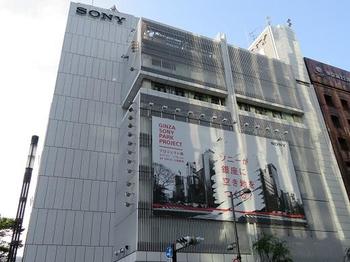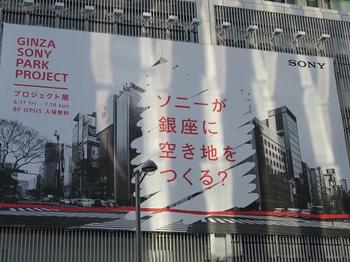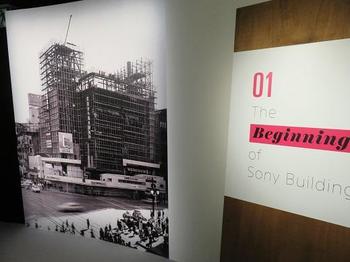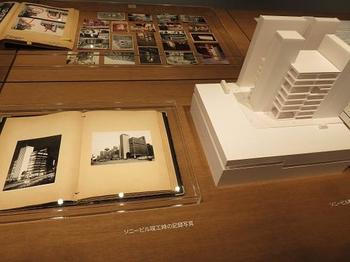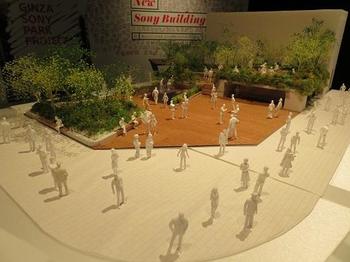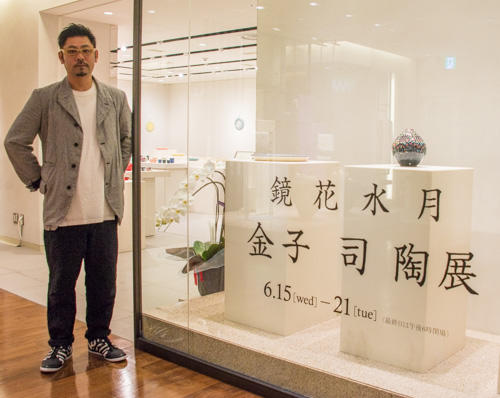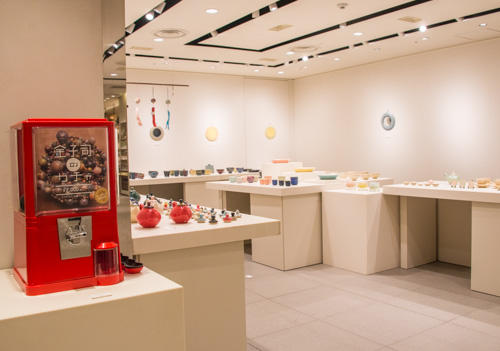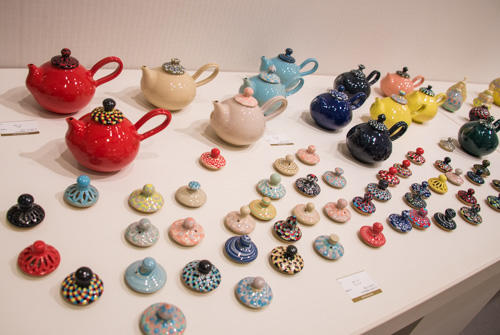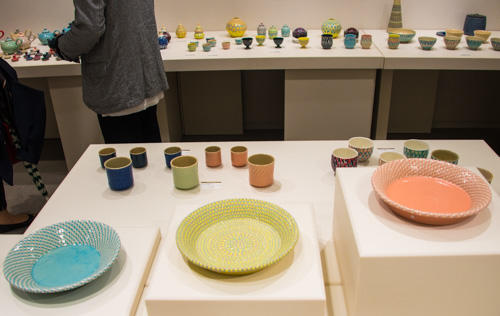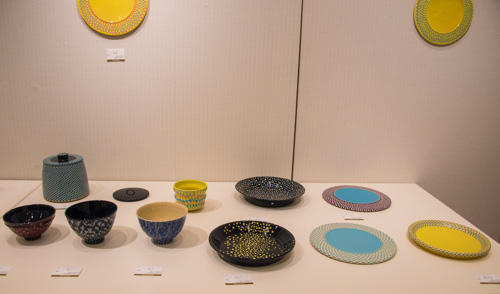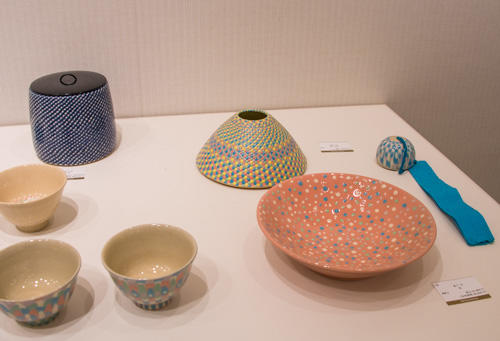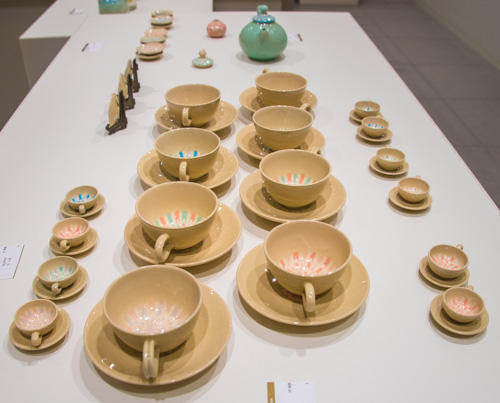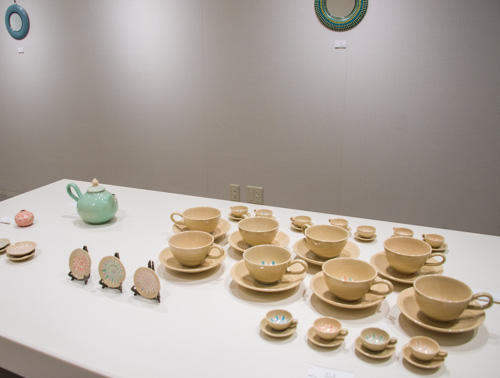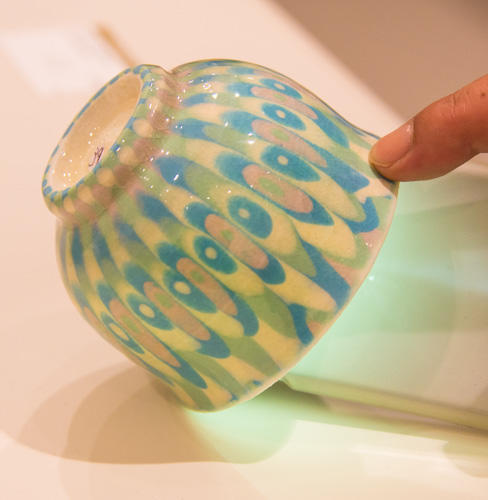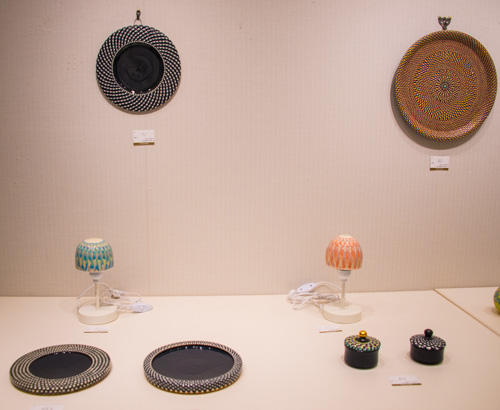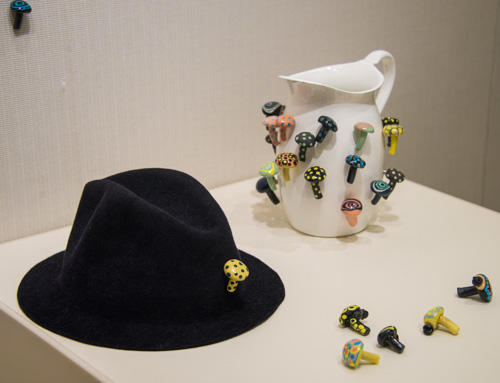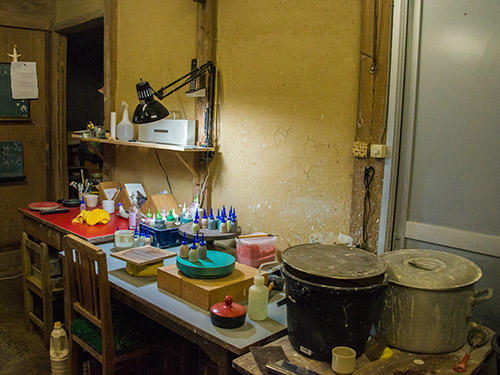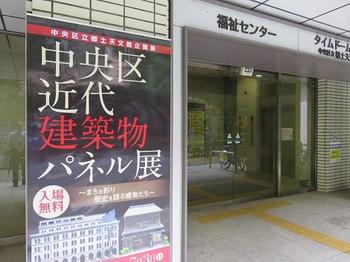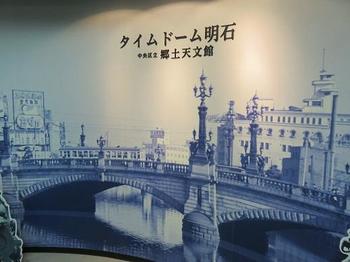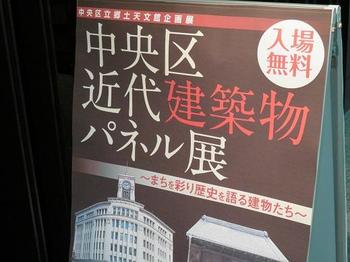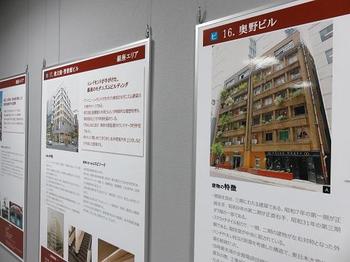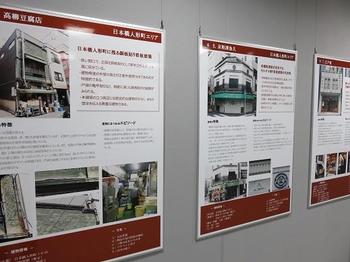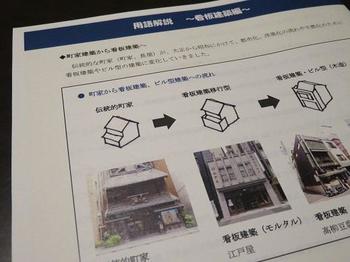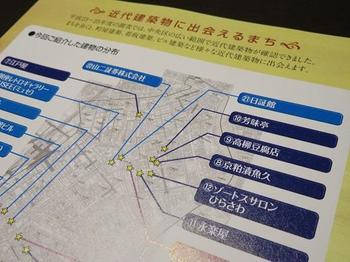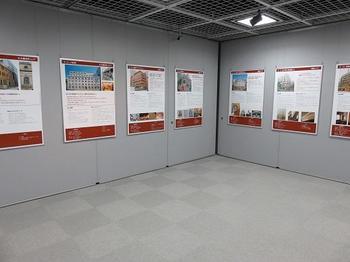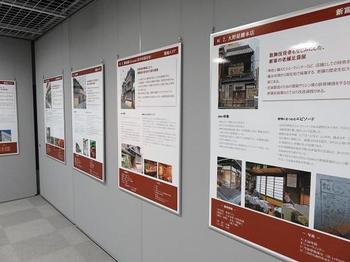When I find a wooden Machiya architecture in the valley of a building, it seems that only the port and its surroundings are reminiscent of the scent of the times, so I feel nostalgic.
On the day I found such a building in the tsuji corner of Ginza and Nihonbashi, I was impressed that I often survived many trials and stayed in my figure.
The storm of ground-raising during the period of earthquake, war, and high economic growth.
For buildings that have no means to move, there is no choice but to endure.
What remains in this way is surely a proof that the extraordinary thoughts of the owners are poured in.
A panel exhibition of modern buildings remaining in Chuo-ku will be held until Sunday, July 3 at the inhabitant gallery of Chuo-ku Folk Tenmonkan <Time Dome Akashi>.
I was waiting for this project.
Certainly, a building that I had seen somewhere, but did not know the clear location.
It's an opportunity to meet again.
There are 23 panels on display.
From Machiya architecture to building architecture. From the Meiji period to around 1965.
Buildings with a variety of building materials, structures, and designs have been built in the ward.
It is a variety of unique to "the middle of Tokyo in Hana" and pays tribute to the existence of it.
If you look only at the photos of the panel, you can go around the venue in one minute.
But it was something I was looking forward to, so I took a closer look.
Mainly photos of the building itself.
1. Characteristics of the building
2. Episodes related to buildings
3. Building information (location, year of foundation, structure / scale, use, carpenter, etc.)
4. Photographs (internal photographs of buildings, detailed designs, status of use, etc.)
But it's included in one piece.
In the episode, attention points when facing the building are summarized, and the parts that had been overlooked without notice until then seem to spread clearly in front of you.
A print of "Glossary" was prepared on the desk in the venue.
An easy-to-understand explanation of the building terms and people related to the building described on the panel are described.
If you look at the panel together with the print, even if you are a beginner of architecture, you can fully understand the highlights.
And I'm happy with the pamphlet that is also available.
There are 23 building photos, and there is also a map showing the location of each building.
It seems that you can get to the target building without hesitation.
On the wall of the passage in front of the gallery at the venue, a panorama picture scroll depicting Ginza Street after the earthquake was posted.
Each of the finely drawn buildings looked lively.
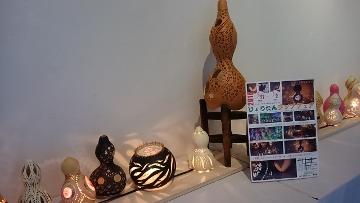
![]() Phone: 03-3541-0124
Phone: 03-3541-0124 ![]()
![]()
![]() .
.